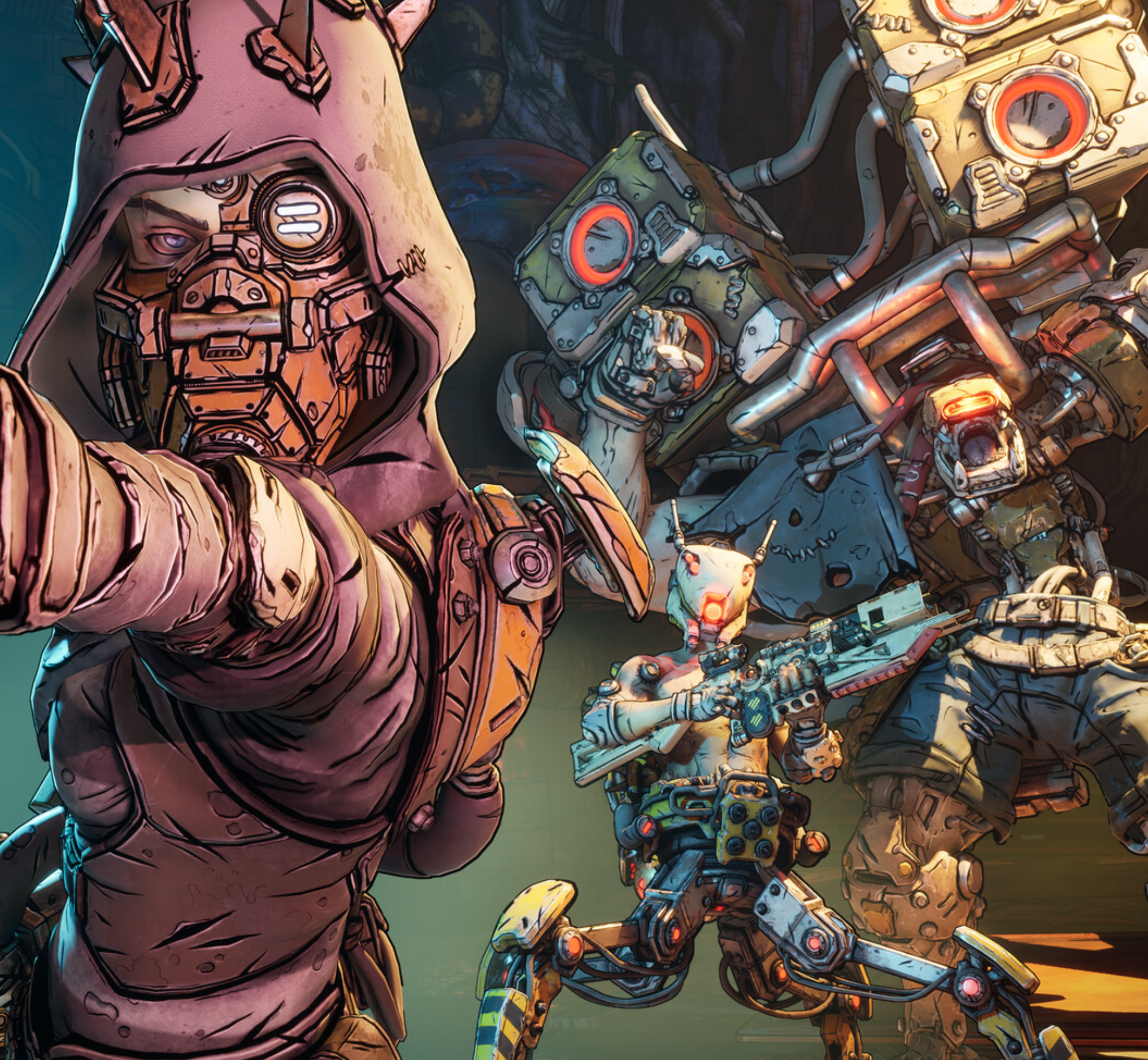The video game industry is facing a unique challenge in 2025—there may simply be too many major games launching at once. With blockbuster releases piling up month after month, analysts and fans alike are questioning whether the market is becoming oversaturated, stretching consumer attention and spending power to their limits.
Over the past year, the release calendar has been relentless. September alone saw the arrival of long-awaited titles like Hollow Knight: Silksong, Borderlands 4, Silent Hill f, and Microsoft Flight Simulator 2024’s console debut, with Resident Evil Requiem and Marvel’s Wolverine already locked in for early 2026. While this abundance of high-quality content would normally be cause for celebration, it has sparked growing concerns that players are struggling to keep up.
Industry observers argue that the current pace is unsustainable. Big-budget games demand significant time and money from players, and when several launch close together, many inevitably get overlooked. Even highly acclaimed titles risk fading quickly from the spotlight as the next wave of major releases arrives. Smaller studios, meanwhile, find themselves especially vulnerable, as their games are often drowned out by the sheer volume of blockbuster marketing campaigns.
The issue is not only about player attention but also about consumer spending habits. Premium titles now often come with $70 price tags, not including downloadable content or microtransactions. For many households, buying every big release simply isn’t feasible. Subscription services like Xbox Game Pass and PlayStation Plus have helped soften the blow by offering access to large libraries of games for a monthly fee, but even these platforms are not immune to the pressures of oversaturation. With so many new titles added, subscribers often face decision fatigue, unsure where to invest their limited gaming time.
Developers are also feeling the effects. Teams spend years creating highly polished games, only to see them struggle in sales charts if released alongside a bigger franchise. This has led to renewed debate over whether publishers should coordinate more carefully to avoid overwhelming the market. Some studios have already pushed back release dates in an effort to secure a less crowded window, but shifting schedules is far from a perfect solution.
On the positive side, players today have more choice than ever before. From massive open-world adventures to indie passion projects, the variety of experiences available is staggering. Many gamers view this as a golden age, where there is always something new to discover regardless of genre preference. However, the sheer volume of releases risks turning excitement into exhaustion, leaving some players overwhelmed rather than thrilled.
The conversation around oversaturation reflects a larger trend in entertainment. Much like television and film streaming platforms, the gaming industry is grappling with how to balance supply and demand in a crowded marketplace. If 2025 has proven anything, it’s that more content is not always better. Without careful planning, even the most ambitious games risk being lost in the noise.
As the industry looks ahead to 2026, publishers may need to rethink their strategies, spacing out releases and giving players time to fully engage with each new experience. Otherwise, the golden age of gaming could quickly turn into an age of overload.



